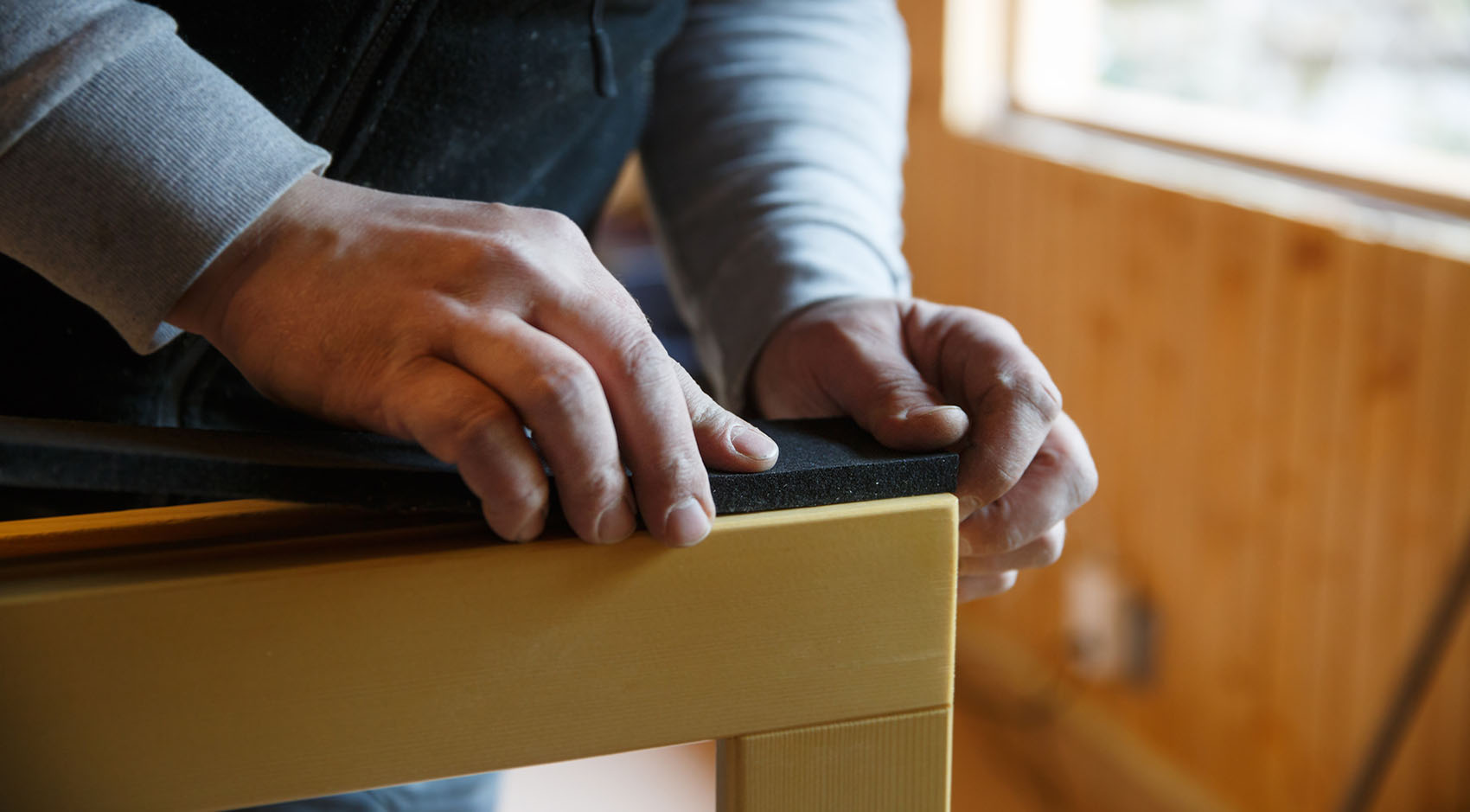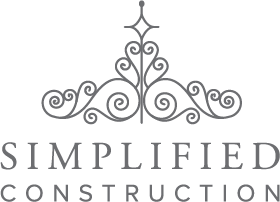 We are now nearing completion of our new “eco home ” build on 118 Line St in Charleston. We expect utility bills less than $50.00 per month which is as close to the goal of “off grid ” as anyone has yet to achieve downtown. It is the nature of an experimental project that we learn throughout the process and, in that respect, this home has held true. Many of these lessons are transferrable to other projects, especially around cost savings so here are some we have identified so far and would like to share with our readership …
We are now nearing completion of our new “eco home ” build on 118 Line St in Charleston. We expect utility bills less than $50.00 per month which is as close to the goal of “off grid ” as anyone has yet to achieve downtown. It is the nature of an experimental project that we learn throughout the process and, in that respect, this home has held true. Many of these lessons are transferrable to other projects, especially around cost savings so here are some we have identified so far and would like to share with our readership …
Footings
The drawings have them over three feet below grade. Not sure why this was and honestly, we could have saved one course of block work and some concrete with shallower, but still substantial footings.
Cost $700
Structural Insulated Panels (SIPS)
They went up very quickly and were well made by the manufacturer (Eco Panels based in NC). We will use this method again and it allowed us to have the building “dried in ” (walls up and under roof) within 3 days from completion of the footings. However, the contractor used a 4-man framing gang to erect the panels. At their standard price of $12 per/sq. ft. that was $7500. Now that we understand the system we would use one framer and two laborers to achieve the same end.
Cost: $5,000
Heart Pine Floors
Our architect had specified heart pine floors. A great look, but need finishing at say $8.00/sq ft all in. We sourced engineered walnut flooring at $2.00/sq ft instead. It’s pre-finished, good looking and hard wearing in a home slated for rental.
Savings: $3,600
Air Conditioning System
This was a real issue. City construction permit requires a “Manual J ” calculation which is a heat load balance for the building. Typically this is undertaken by the HVAC contractor. Our contractor was new to SIPS and estimated 22,000 BTU system at $10,500 installed. In conversation with the SIPS manufacturer and his HVAC expert we actually needed 10,000 BTU or less. We purchased locally, a 2 head mini-split system which the contractor installed for $500. This system will more than meet our overarching goal of allowing this home to have lower run costs. Building in “energy efficiency ” often starts with the HVAC.
Savings: $7,000
Plumbing
We ran into a design problem here and should have situated the bathroom over the kitchen to shorten all the pipe runs as they would be vertically aligned. A costly mistake and one we wish we would have fleshed out in the design stage.
Cost $1,500
Framing
An internal re-design to have the stairwell in the center of the building would have been a better visual use of space for a 1-bedroom home. We would also have saved some framing. Additionally, if we used 8 “x2 ” framing instead of 4 “x2 ” we could leave one side open as storage/bookcase. We saved a little on sheet rock, but needed extra painting so it’s a wash cost-wise, but a good use of space.
Cost/Savings: $0
Kitchen
We used Lowes as our supplier due to time constraints. If we had used our traditional custom supplier on such a small, simple kitchen we would have installed for less.
Cost: $2,500
Sheetrock
Again, we could have done a little better by using a different treatment on the SIPS panels, especially for the roof. This would allow for painting the panel directly instead of installing drywall.
Cost: $1,500
Floor Beams
Specified by the timber supplier as engineered beams. On a small home, only 12 ft wide we could have used 10×2′ solid treated timber on a longer pitch. We could also leave them open from underneath creating an open beamed ceiling and saved on sheet rock.
Cost: $1,500
Electrical
Due to time constraints we used a contractor who specified price/sq ft. However, SIPS panels come with conduit pre-installed so in production we would price “per home ” going forward.
Cost: $1,000
Roof
We made the decision to spend more here as it’s so visible and an important detail in this downtown location. Standing seam just looks so much better than felt shingles and it’s a very simple A-frame roof shape.
Cost $1,400 (extra)
Trim Alterations
We should have taken more time at the planning stage to get this accurate and better reflect the downtown vernacular. The neighborhood group spotted the error and complained. Now in truth, as we had everything approved prior to construction, there was no need to take much notice. However, it is important for us to be good neighbors, and sensitive to the juxtaposition of new next to old. Everyone makes mistakes from time to time and it’s how one reacts that really matters. We made a good number of trim alterations, larger reveals, better treatment to sills and gable end, extending the roof line, moving a column and changing out the street door. It looks much better in my opinion so we will take that one on the chin.
Cost: $2,500
Scheduling
We had a few delivery issues; windows being one example where the supplier missed the delivery date by 2 weeks. As this stops the building being “dried in ” we had to stop work. Every time this happens there is a loss of time and momentum so I’d estimate the cost in lost production time.
Cost: $2,500 (in lost production time)
From this brief analysis we saved $10,600 and costs ourselves an extra $20,100 on a test project for a very new product. So next time we build an eco home like this we should be able to shave some $20,100, or about 18%, off the price. Costs and savings are independent of each other and both would be used going forward. We would also save considerably on internal costs for scheduling, building faster and smarter.
Note: We’re in the business of real estate, investment and renovation and construction (not to mention vacation rentals), and this was our most recent innovative project. As always, we challenge ourselves and our team to create and innovate so ask us if you want to know more!

